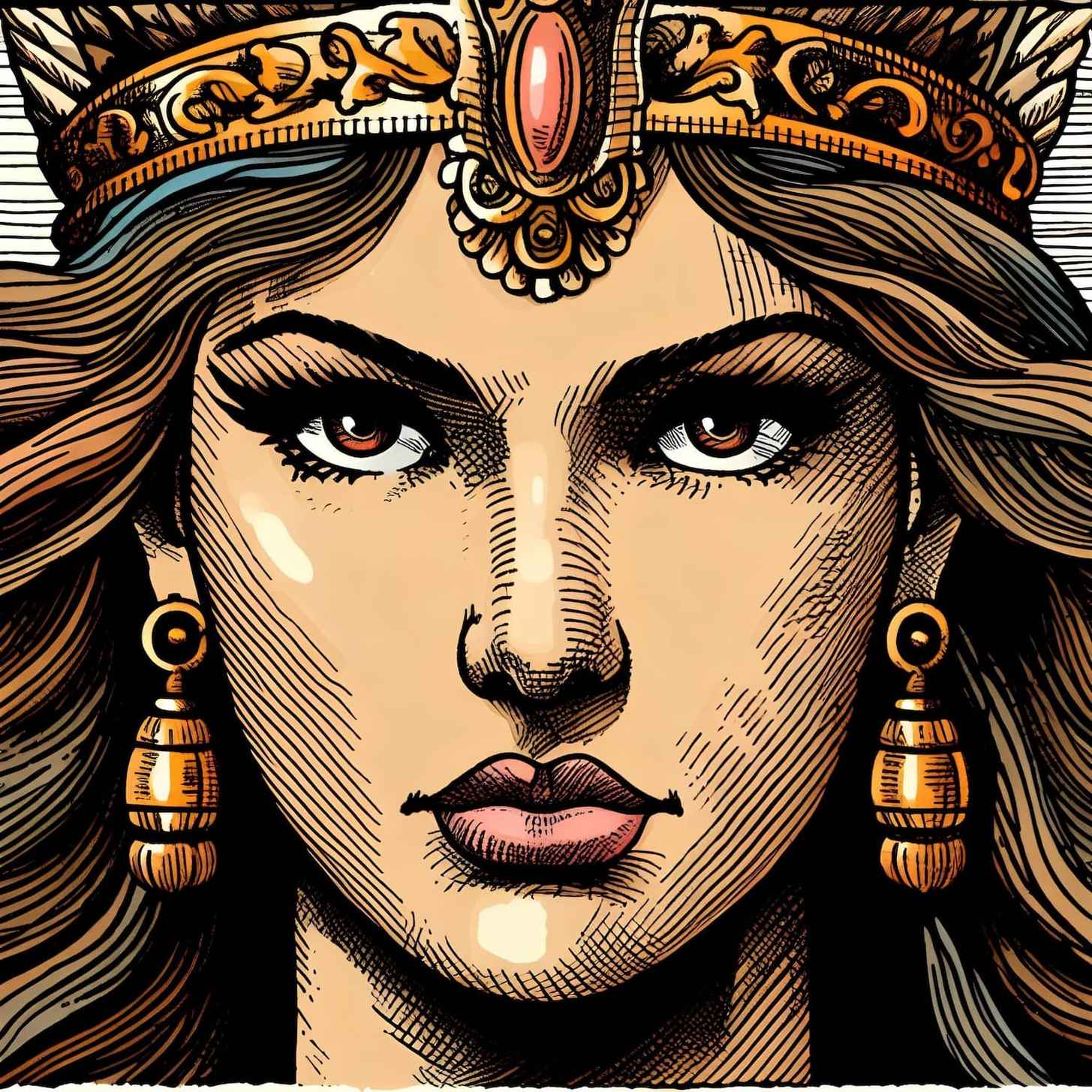12 Powerful Women From the Bible
Biblical women: silent yet powerful. Deborah, Esther, Ruth, and Mary. In their quiet strength, they shaped history. Explore their subtle yet enduring influence.

Biblical women: silent yet powerful. Deborah, Esther, Ruth, and Mary. In their quiet strength, they shaped history. Explore their subtle yet enduring influence.

